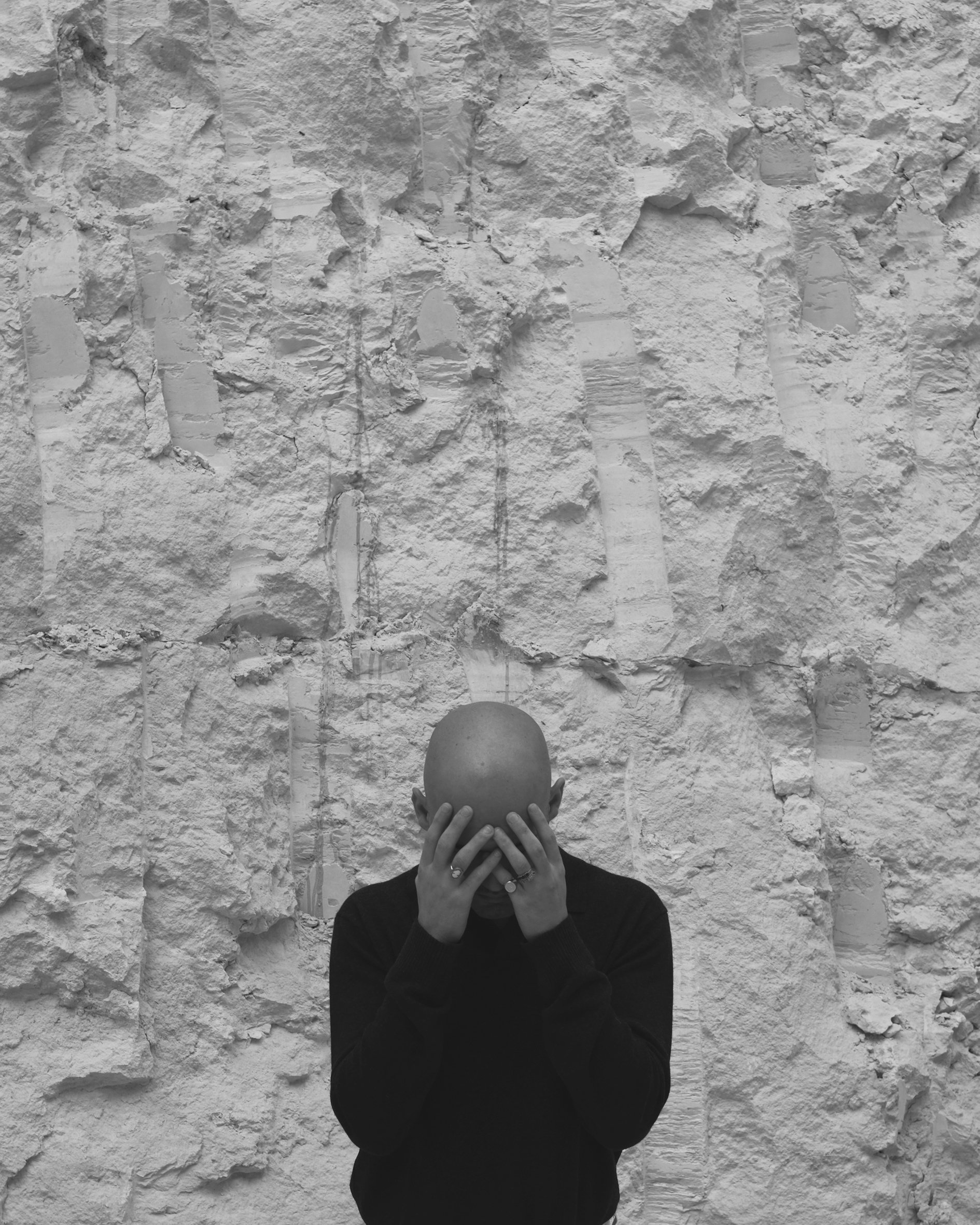London Design Biennale: Two Pavilions to Watch
Existential waiting and the afterlife are reimagined through innovative and intricate designs in the Polish and Malta Pavilions.
Words Felicity Anne Castor
Photos courtesy of Adam Mickiewicz Institute and Arts Council Malta
June 21, 2025
After its success in 2023, the London Design Biennale returns this year to Somerset House from June 5 to 29. This year, the theme, ‘Surface Reflections,’ is conveyed through the medium of design. Eliciting international cooperation and engagement, Biennale highlights include two exciting projects from Malta and Poland, both of which explore the impact of personal and external influences on the artists’ ideas and creative processes.
Records of Waiting: on Time and Ornament
Carefully curated by Jakub Gawkowski, Monika Rosińska and Maciej Siuda, Records of Waiting: on Time and Ornament by the Adam Mickiewicz Institute dives deep into the phenomenon of waiting, an innate human experience that is rarely explored in the realm of art.
The ornaments featured in the exhibit pay homage to the woodcarving traditions of southern Poland’s mountain regions.
The nuances of time and the process of waiting, both as mundane experience and political tool, are carved and visually represented in each piece. At the core of the Polish pavilion lies an installation with a wooden surface that depicts waiting through various situations—the monotony of street traffic, the struggle of bureaucratic delays, the trained patience of a security guard on a night shift. These represent how the process of waiting is closely tied to social status, becoming a tool for exercising control.
“In today’s world, spare time is a luxury only a few can afford,” says Adam Mickiewicz Institute Director Olga Wysocka. Each intricate pattern, done by the hands of Polish craftsmen, mirror the tedious duration and intensity of waiting, transforming the struggle into something visible and tangible.
URNA
At the Malta Pavilion, Arts Council Malta presents URNA, a large-scale installation made of reconstituted limestone that serves as a vessel in handling human remains. URNA is a project that puts significance on cremation as a cultural process and envisions its adoption in Malta.
Rather than an individualistic perspective, the monumental sphere views death through a holistic lens. It will showcase how 128 souls might be stored in a piece designed to contain cremated remains. Consequently, the body becomes a part of one big communal URNA and becomes an emblem of the connection of an individual to a broader cosmic reality.
Alongside a film and book, URNA is part of a creative series exploring the concept of pondering on the cycle of life, memory, and renewal. It is made possible through the creative team composed of Andrew Borg Wirth, Anthony Bonnici, Tanil Raif, Matthew Attard Navarro, Anne Immelé, Stephanie Sant and Thomas Mifsud.







